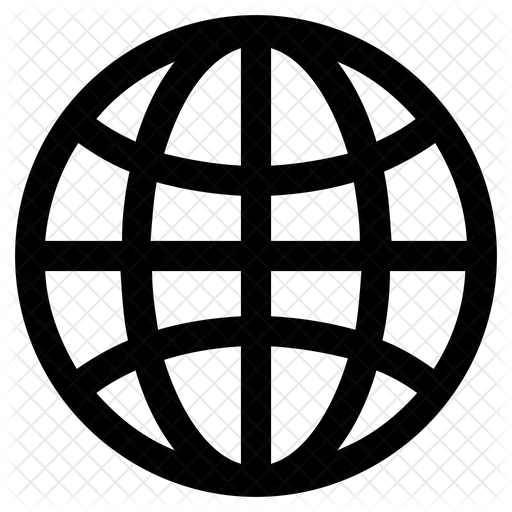As one of the most important components of the domestic extraction system, kitchen hood filters play a crucial role in capturing grease, odours and unwanted particles generated during food preparation and are essential for the effectiveness and long life of cooker hoods. Available in different materials and structures, they are matched to the specific functionality of the devices to which they are fitted: a variety that makes it difficult to choose the right model if you are not familiar with the filter’s characteristics.
In this article we will explore the various types of kitchen hood filters available, their uses and the importance of proper maintenance, ultimately guiding you towards an informed choice that takes your personal needs into account.
KITCHEN HOOD FILTERS: CHOOSING THE RIGHT ONE
To understand how to choose the most suitable hood filter, it is first necessary to identify whether we are dealing with an extractor hood or a filtering hood. Extractor hoods (also known as exhaust hoods or ducted hoods) remove odours and fumes by channelling them outside the home through an extraction duct, thus allowing a constant change of air in the room. On the other hand, filtering hoods (also known as recirculation hoods or recycling hoods) capture stale air from the kitchen, cleaning it before reintroducing it into the room, and are installed in domestic spaces without an exhaust outlet to the outside.
Grease filters
Present in all filtering and extraction systems, these kitchen hood filters have the fundamental task of preventing grease residues from damaging the motor. In the shape of a mesh and generally made of aluminium or stainless steel, they capture grease and residues from the cooking of food.
Odour filters
Odour filters are cartridges reserved for filtering hoods and ensure a cleaning action, guaranteed by a combination of active carbon: thanks to their special porosity, they are able to effectively absorb odours and then put totally new, cleaned air back into the environment.
Here are the most significant innovations introduced for this category:
- High Filtering Hood (HFH): Faber's exclusive filter technology
Designed to achieve maximum effectiveness in active carbon filtration, Faber's High Filtering Hood technology makes the hood more efficient for optimal air cleaning. Superior performance is guaranteed by easy-to-install cylindrical filter cartridges. These filters have a larger surface area than traditional ones and two panels designed for targeted action on particles of various sizes. This technology not only eliminates 95% of odours, but does so silently, ensuring a noise reduction of around 3 db(A). Among the hoods that boast the use of HFH technology are Stilo DX-SX, Stilo Comfort and Stilo Glass Smart.
- High-performance active carbon filter
With a structure made of highly concentrated micro carbon granules, Faber's high-efficiency filter is able to guarantee a filtration capacity of more than 80 per cent of intake fumes. It lasts up to 6 months - twice as long as a standard charcoal filter.
- Long-lasting active carbon filter
The new long-lasting active charcoal filter can be used several times, further increasing filtration effectiveness thanks to its multilayer technology. Here, coarse particles are captured through an initial pre-filtering, while a second, more concentrated filtering ensures optimal air cleanliness.
- Ceramic filter
Possessing a clear advantage, you will not have to choose between functionality and durability: ceramic cooker hood filters have excellent absorption power thanks to the innovative regenerative carbon filter and last up to 5 years.
MAINTENANCE: HOW TO CLEAN HOOD FILTERS
Keeping the filter system of the cooker hood in excellent condition ensures its long life and that it functions correctly, because a well-cleaned filter will only increase the extraction capacity of the cooker hood. In addition to preventing the spread of unpleasant odours, germs and bacteria, thorough cleaning of the cooker hood filters is important for safety reasons: a filter saturated with grease has the risk of generating flames during the cooking process, posing a fire hazard.
Let's see how to maintain the different types of hood filters.
Grease filter
To ensure that it performs at its best when using the hood on average up to 3 hours per day, grease filters need appropriate maintenance depending on the material chosen. Metal or aluminium ones should be washed every 2 months by hand with neutral soap or in the dishwasher, while synthetic models should be replaced.
Standard active carbon filter
Being a 'disposable' type, standard filters do not require washing or regeneration but must be replaced every 2-3 months.
Long-life active carbon filter - 3 years max.
These cooker hood filters can be washed in the dishwasher: the ideal method with Long-lasting filters is to intervene every 3-4 months for up to 3 years of normal use (approx. 3 hours per day) and dry them at room temperature in an upright position so that the water drains off. Alternatively, they can be dried in an oven at a temperature of 50°C.
High-performance active carbon filter - 6 months max.
High Performance cooker hood filters should not be washed and are not regenerable in the oven. They must be replaced after 6 months.
Ceramic filter
This cooker hood component does not need to be washed. However, to maximise durability and performance, ceramic filters should be regenerated in an oven every 2 to 3 months at 200°C, for a maximum of 5 years, at which point they should be replaced.
With all the above information it should be clearer as to why cooker hood filters are fundamental elements for maintaining cleanliness and freshness in the cooking space: thanks to the most advanced technologies today it is possible to achieve very advantageous results in this respect. Carefully choosing the right filter to suit your needs and paying attention to its regular maintenance ensures a healthy and safe kitchen environment.











